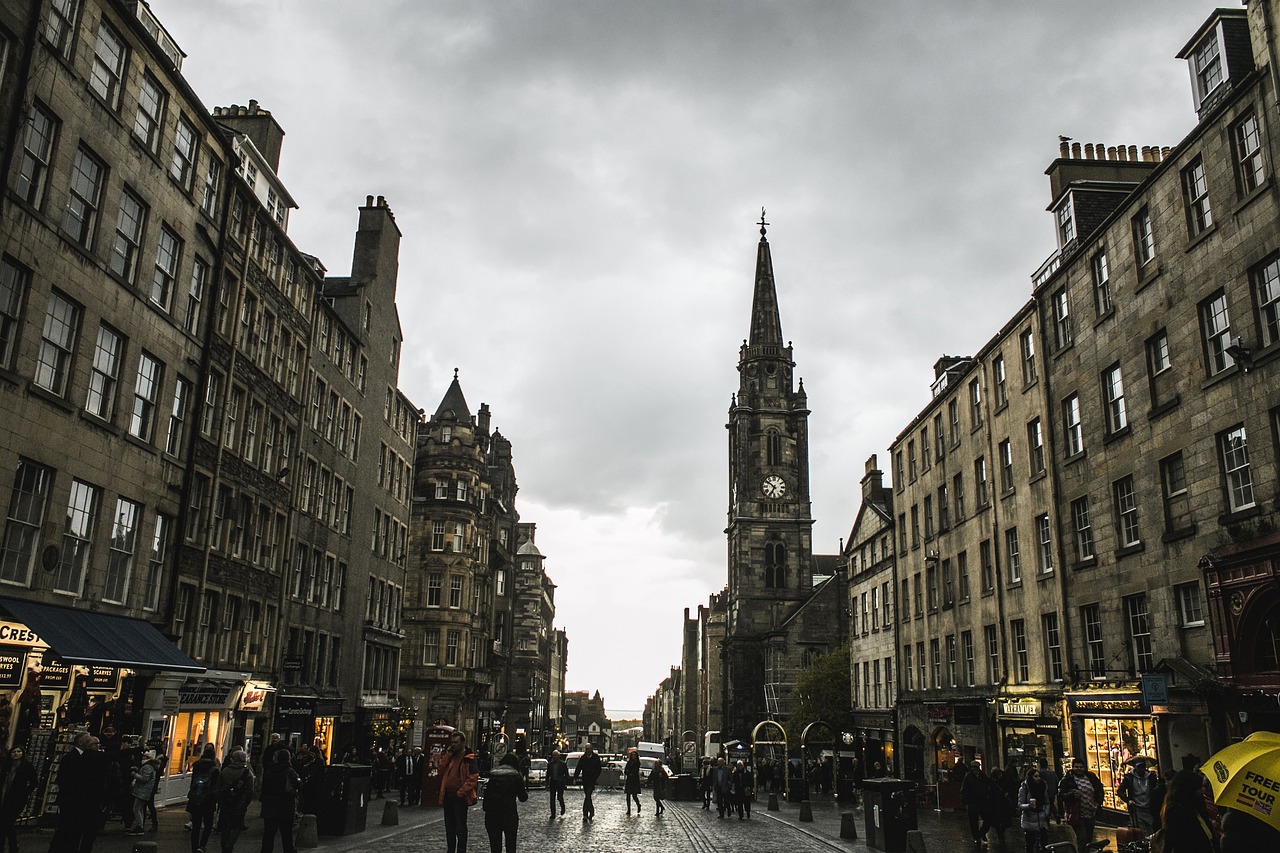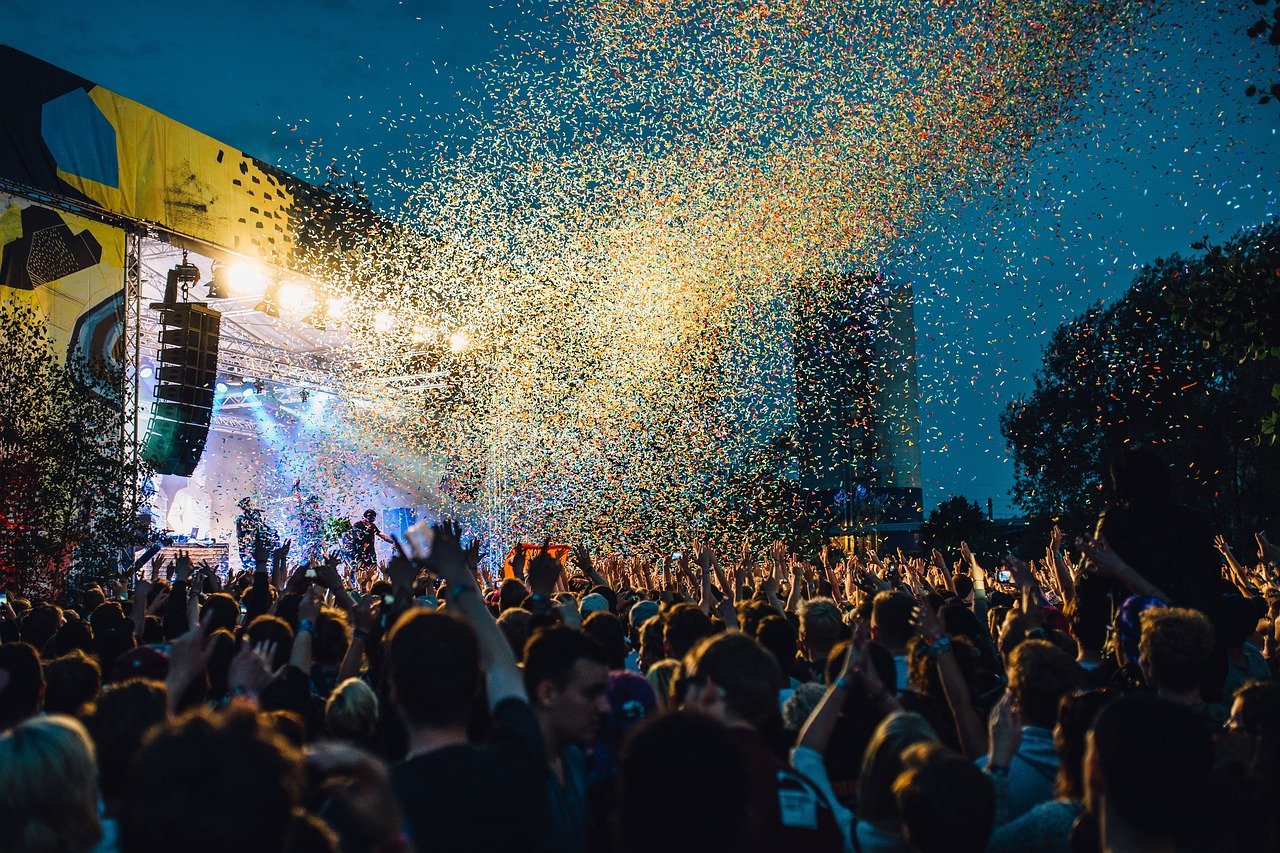
Introduction
Cockney, a term that often conjures images of bustling markets, the rhythmic sounds of the East End of London, and a distinctive, often playful way of speaking. But how did this colorful accent come to be? The origins of the Cockney accent are as rich and layered as the culture of London itself. This article will take you on a journey through time, exploring the development of Cockney from its early roots, its defining features, and its place in modern society.
A Brief History of London’s East End
To understand the Cockney accent, we must first explore the geographical and social context of London’s East End. Historically, this area was known as a working-class neighborhood. It became a melting pot of cultures and dialects, particularly during the 19th century when the Industrial Revolution brought an influx of people seeking work in factories, docks, and markets. The East End was characterized by its diverse population, which included Irish immigrants, Jewish communities, and others. Each group contributed to the linguistic tapestry that would eventually influence the Cockney accent.
The Birth of Cockney
The term “Cockney” itself has uncertain origins, but it is often believed to derive from the Middle English word “cokeney,” which referred to a “spoiled child” or someone who was born within the sound of Bow Bells. Legend has it that to be considered a true Cockney, one must be born within earshot of these bells, located in the St. Mary-le-Bow church in Cheapside.
As the East End developed, so too did its dialect. The Cockney accent began to emerge as a unique form of speech, distinct from the Received Pronunciation (RP) associated with the British upper class. The accent evolved in part due to social class differences. The working-class ethos of the East End was often marked by a sense of pride and identity, leading to the development of a dialect that reflected daily life, humor, and camaraderie.
Distinctive Features of Cockney
Cockney is characterized by several distinctive phonetic features. Here are some of the most notable:
1. Dropping the H
One of the most recognizable traits of the Cockney accent is the dropping of the ‘h’ sound at the beginning of words. For instance, “house” becomes “ouse,” while “have” turns into “av.” This phonetic shift contributes to a laid-back, informal sound that is synonymous with Cockney speech.
2. Glottal Stops
A glottal stop is another hallmark of Cockney. This occurs when the ‘t’ sound in words is replaced with a brief pause or catch in the throat. For example, “bottle” may be pronounced more like “bo’le.” This feature adds a rhythmic quality to the accent and is a key marker of working-class London speech.
3. Rhyming Slang
Perhaps the most playful aspect of Cockney is its use of rhyming slang. This inventive form of expression creates phrases where a word is replaced by a rhyming couplet, often omitting the second word for added confusion. For example, “apples and pears” means “stairs,” and “trouble and strife” refers to “wife.” This clever linguistic twist not only showcases the wit of Cockney speakers but also serves as a form of in-group communication.
4. Vowel Shift
Cockney speakers often exhibit a distinct vowel shift, where certain vowel sounds are pronounced differently than in standard English. For example, the vowel in “face” may be pronounced more like “fice,” and “goat” could sound like “gurt.” These shifts give the accent its unique musicality and flair.
Social and Cultural Influences
The evolution of the Cockney accent is closely tied to the cultural landscape of London. In the late 19th and early 20th centuries, Cockney speech became associated with the working class, often portrayed in popular media as a symbol of humor, resilience, and camaraderie. Music hall performances, films, and literature often featured Cockney characters, helping to popularize the accent and its distinctive vocabulary.
During the mid-20th century, Cockney found its way into popular music, particularly with the rise of skiffle and rock bands in Britain. Artists like The Beatles and The Kinks sang in Cockney, bringing the accent to the forefront of British pop culture. The working-class ethos of these musicians resonated with audiences, further cementing Cockney as a significant part of London’s identity.
Cockney in Modern Times
In recent decades, the Cockney accent has faced challenges as London has experienced gentrification and demographic shifts. Newer generations of Londoners, influenced by globalization and diverse cultures, have begun to adopt different linguistic styles. As a result, traditional Cockney may be fading in some areas, yet it remains a vital part of London’s heritage.
Interestingly, the accent has seen a resurgence in popularity through television and film. Shows like “EastEnders” have kept the Cockney accent alive, showcasing its charm and wit. Additionally, reality television and social media have given young speakers a platform to embrace their Cockney roots, ensuring that it continues to evolve while retaining its unique character.
Cockney Today: A Blend of Past and Present
While some aspects of the Cockney accent may be diminishing, its influence is still felt in various forms of London vernacular. Many young people in London today blend elements of Cockney with other accents and dialects, creating a dynamic and ever-evolving linguistic landscape. This phenomenon, often referred to as Multicultural London English (MLE), reflects the city’s diverse population and its rich cultural exchanges.
Moreover, the resurgence of interest in local dialects and accents has led to a renewed appreciation for Cockney, particularly among linguists and cultural enthusiasts. Cockney’s unique features are studied for their historical significance and their role in shaping modern English.
Conclusion
The Cockney accent is more than just a way of speaking; it embodies the spirit of London’s East End and reflects the city’s rich history and cultural diversity. From its humble beginnings among working-class communities to its prominent place in popular media and modern vernacular, Cockney continues to captivate and inspire. As we look to the future, it’s clear that this lively and colorful accent will remain a cherished part of London’s linguistic heritage, evolving while still honoring its roots. Whether you’re a lifelong Londoner or a curious visitor, understanding the origins and nuances of Cockney adds yet another layer to the vibrant tapestry that is London. So, next time you hear someone drop their “h’s” or spin a clever bit of rhyming slang, you’ll know a little bit more about the fascinating history behind it.








